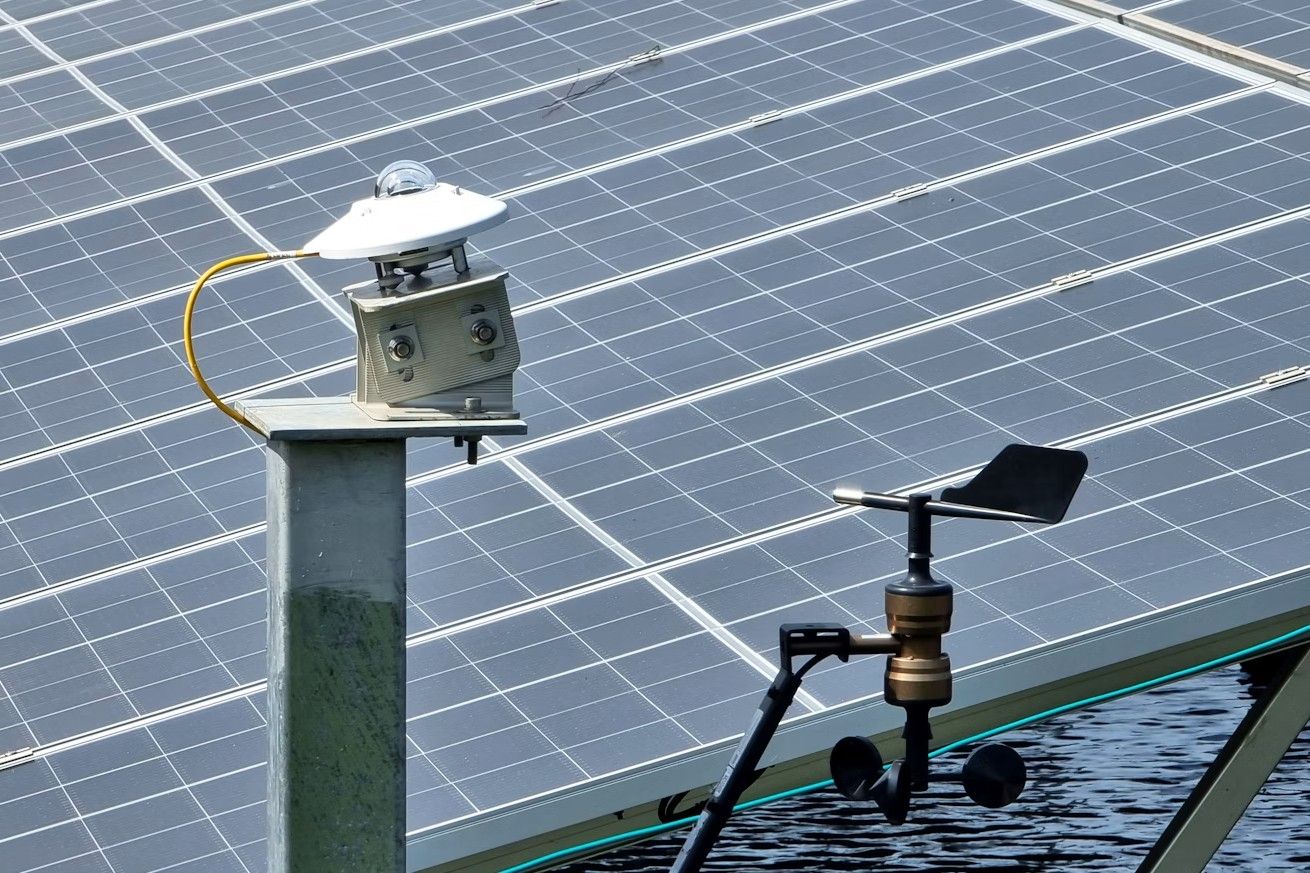
What is a pyranometer? A pyranometer is a scientific instrument used to measure solar radiation. It captures the sun's energy, helping scientists understand how much sunlight reaches the Earth's surface. This data is crucial for weather forecasting, climate studies, and solar energy research. Pyranometers have a dome-shaped sensor that detects both direct sunlight and diffuse sky radiation. They are often found in meteorological stations, solar farms, and research facilities. Understanding how a pyranometer works can help us better grasp the complexities of our climate and improve renewable energy technologies. Ready to dive into 29 fascinating facts about this essential tool? Let's get started!
What is a Pyranometer?
A pyranometer measures solar radiation received from a hemisphere above the instrument. It’s essential for meteorology, climatology, and solar energy studies. Here are some fascinating facts about this device.
- Pyranometers measure global solar radiation, which includes both direct sunlight and diffuse sky radiation.
- They have a hemispherical view, capturing sunlight from all directions above the horizon.
- The term "pyranometer" comes from the Greek words "pyr" (fire) and "ano" (up), indicating its function to measure upward solar radiation.
- Pyranometers are crucial for solar energy applications, helping to determine the efficiency of solar panels.
- They are used in weather stations worldwide to monitor solar radiation levels.
How Does a Pyranometer Work?
Understanding the working mechanism of a pyranometer can be quite intriguing. It involves some sophisticated technology.
- Pyranometers use thermopile sensors to convert solar radiation into an electrical signal.
- The thermopile consists of multiple thermocouples connected in series or parallel.
- A glass dome covers the sensor, protecting it from environmental factors while allowing sunlight to pass through.
- The electrical signal generated is proportional to the solar radiation intensity.
- Some pyranometers use photodiodes instead of thermopiles for faster response times.
Types of Pyranometers
Different types of pyranometers cater to various needs and applications. Here’s a look at the main types.
- Thermopile Pyranometers: These are the most common and measure a wide range of solar radiation.
- Photodiode Pyranometers: Known for their quick response, they are ideal for dynamic measurements.
- Spectrally Flat Pyranometers: These provide accurate measurements across a broad spectrum of wavelengths.
- All-Weather Pyranometers: Designed to operate under extreme weather conditions without compromising accuracy.
- Digital Pyranometers: Equipped with digital outputs, they offer easy integration with modern data logging systems.
Applications of Pyranometers
Pyranometers have a wide range of applications, making them indispensable in various fields.
- They are used in agriculture to monitor sunlight exposure, which affects crop growth.
- In meteorology, pyranometers help in weather forecasting by providing data on solar radiation.
- Solar energy plants use them to optimize the positioning and efficiency of solar panels.
- They assist in climate research by tracking changes in solar radiation over time.
- Pyranometers are also used in building automation systems to control lighting and heating based on sunlight availability.
Calibration and Maintenance
Proper calibration and maintenance ensure the accuracy and longevity of pyranometers. Here’s what you need to know.
- Pyranometers require regular calibration to maintain accuracy, typically done annually.
- Calibration involves comparing the pyranometer’s readings with a reference instrument under controlled conditions.
- Cleaning the glass dome regularly prevents dust and debris from affecting measurements.
- Some pyranometers come with built-in heaters to prevent dew and frost accumulation.
- Regular inspections help identify any physical damage or wear that could impact performance.
Interesting Historical Facts
The history of pyranometers is as fascinating as their technology. Here are some historical tidbits.
- The first pyranometer was invented by Swedish scientist Anders Knutsson Ångström in the early 20th century.
- Early pyranometers used bimetallic strips to measure temperature differences caused by solar radiation.
- Modern pyranometers have evolved significantly, incorporating advanced materials and electronics for improved accuracy.
- The development of pyranometers has paralleled advancements in solar energy technology, making them more relevant today than ever before.
The Final Word on Pyranometers
Pyranometers are essential tools for measuring solar radiation. They help scientists, meteorologists, and environmentalists understand the sun's impact on our planet. These devices are crucial for solar energy projects, weather forecasting, and climate studies. By accurately measuring solar radiation, pyranometers contribute to more efficient solar panel installations and better weather predictions.
Understanding how pyranometers work and their applications can provide valuable insights into renewable energy and environmental science. Whether you're a student, a professional, or just curious, knowing about pyranometers can broaden your knowledge about the world around us.
So, next time you see a solar panel or check the weather forecast, remember the humble pyranometer working behind the scenes. It's a small device with a big impact on our understanding of the sun and its effects on Earth.
Was this page helpful?
Our commitment to delivering trustworthy and engaging content is at the heart of what we do. Each fact on our site is contributed by real users like you, bringing a wealth of diverse insights and information. To ensure the highest standards of accuracy and reliability, our dedicated editors meticulously review each submission. This process guarantees that the facts we share are not only fascinating but also credible. Trust in our commitment to quality and authenticity as you explore and learn with us.
